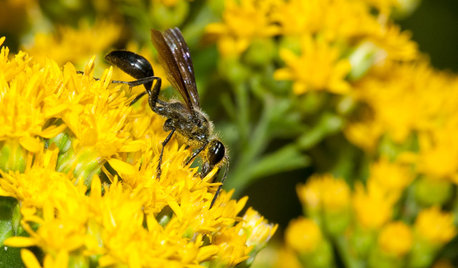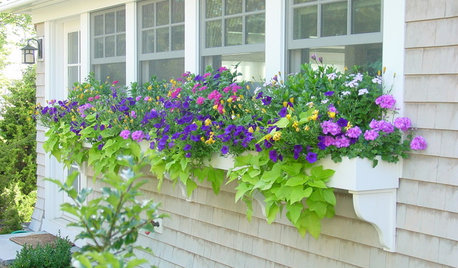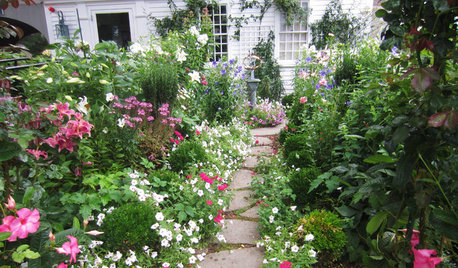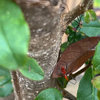Yellow jacket nest in herbs
leigh_va
17 years ago
Featured Answer
Sort by:Oldest
Comments (13)
russh_nepa
17 years agoleigh_va
17 years agoRelated Professionals
Windham Landscape Architects & Landscape Designers · Accokeek Landscape Architects & Landscape Designers · Medford Landscape Contractors · Concord Landscape Contractors · Camp Verde Landscape Contractors · Hilo Landscape Contractors · Laguna Hills Landscape Contractors · Madera Landscape Contractors · Tuscaloosa Landscape Contractors · Westford Landscape Contractors · 07920 Landscape Contractors · Sun Valley Landscape Contractors · Athens Decks, Patios & Outdoor Enclosures · Estero Decks, Patios & Outdoor Enclosures · Port Saint Lucie Decks, Patios & Outdoor Enclosuresdirt_tracker Alabama Zone 8A
17 years agoend3
17 years agodirt_tracker Alabama Zone 8A
17 years agoKimmsr
17 years agoleigh_va
17 years agojean001
17 years agoanita22
17 years agoKimmsr
17 years agodirt_tracker Alabama Zone 8A
17 years agoskagit_goat_man_
17 years ago
Related Stories

EDIBLE GARDENS12 Essential Herbs for Your Edible Garden
Make home cooking and drinks even better with herbs plucked from your own backyard or windowsill pot
Full Story
GARDENING GUIDESMeet the Grass-Carrying Wasp, a Gentle Pollinator of Summer Flowers
These fascinating insects nest in wood cavities and hollow plant stems
Full Story
GARDENING GUIDESSmall Carpenter Bees Are Looking for a Home in Your Plant Stems
Provide flowers and nesting sites in your garden for this beautiful, tiny, metallic blue wild bee — your plants will thank you
Full Story
CONTAINER GARDENSChoose Complementary Colors for Dazzling Container Gardens
Red and green, purple and yellow, and blue and orange are opposing pairs that work in perfect harmony
Full Story
GARDENING GUIDESInvite Mining Bees to Your Garden by Planting Their Favorite Plants
Look for mining bees (Andrena) pollinating woodland wildflowers in U.S. gardens this spring
Full Story
NATIVE PLANTSPlant These Fall-Flowering Natives in Early Summer for Pollinator Love
These 3 groups of plants will support masses of beneficial insects come autumn
Full Story
GARDENING AND LANDSCAPINGLay of the Landscape: Cottage Garden Style
Informal and vibrant, cottage gardens charm with their billowy abundance. These tips help you bring the look to your own landscape
Full Story
THE HARDWORKING HOME12 Smart Designs for Small-Space Living
The Hardworking Home: Furnish your compact rooms more efficiently with these creative built-ins and adjustable pieces
Full Story
EDIBLE GARDENSSummer Crops: How to Grow Tomatoes
Plant tomato seedlings in spring for one of the best tastes of summer, fresh from your backyard
Full Story
ARCHITECTUREHouzz Tour: A Vintage Home Wrapped Up in a Box
A work-at-home couple completes an eye-catching contemporary renovation that builds on an Arts and Crafts home
Full Story






marylandmojo